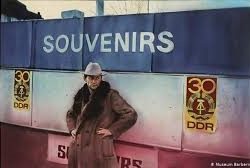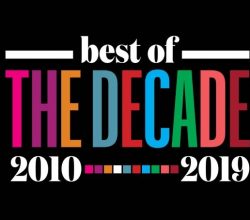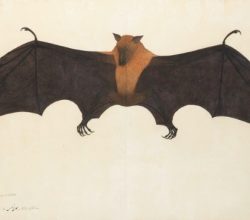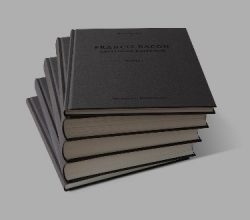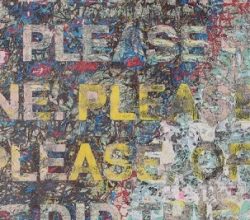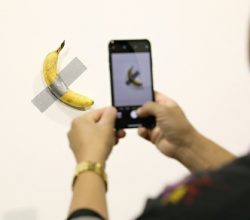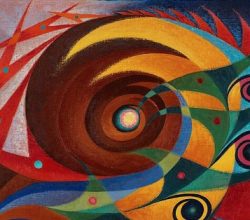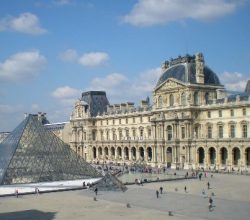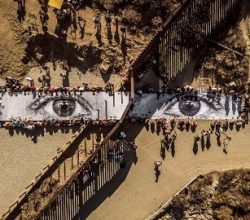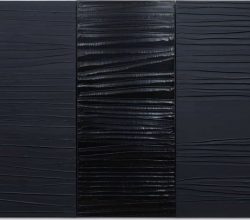
Holidays
This is the last regular newsletter for 2019, somewhat reduced because it’s Christmas Eve. Next Tuesday, and the Tuesday after, the newsletter will highlight the year’s most popular stories among Easel subscribers. There will then be a break of two weeks. Around then I will send out a short note providing feedback on the results of the reader survey. The Easel will resume on Tuesday January 28.
Many thanks for your interest over the last year.
Season’s greetings to all.
Andrew


